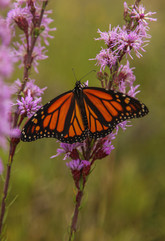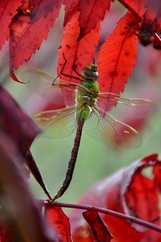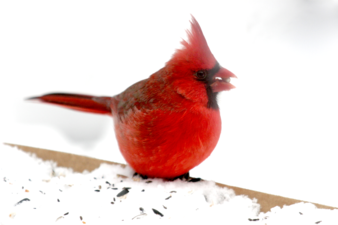|
September 2022
Fall migration has begun!
Many wildlife species, like monarch butterflies, shorebirds and warblers, are making their way south for the winter. Scroll down for the migration breakdown!
It’s also the time of year when students head back to the classrooms. The Nongame Wildlife Program lots of wildlife education resources for teachers looking to add more wildlife to their classrooms.
Have you ever wondered how, why, and where birds migrate? There are many migration myths and mysteries out there, but luckily allaboutbirds.org has the Basics of Bird Migration covered.
This is also a great time of year for anyone who wants to start birding! Whether you’re a beginner or want to get your children into birding, it’s easy to get started. There are many apps that can make identifying what you’re noticing easier, such as Merlin (Shazam for bird calls), iNaturalist and eBird. You can also find live migration forecasts with BirdCast.
You don’t have to leave your home to go birding. There are many migrating species that will visit your backyard or balcony! You can also watch live bird cameras to get your fall migration fix or check out the DNR's seasonal webcams for a range of wildlife species.
If you’d like to visit birding sites, Explore Minnesota has a great list of birding hotspots in Minnesota. You can also double up your leaf peeping with some bird peeping at the Pine to Prairie birding trail, Hawk Ridge Bird Observatory, and other birding sites on the North Shore.
And be sure to read Explore Minnesota’s monthly birding update for upcoming events, birding tips and more!

Birds aren’t the only species migrating this fall. Monarch butterflies are also making their way south!
Monarchs begin their fall migration in August. They fly almost 3,000 miles south to overwinter in Mexico. Researchers believe as many as 50 million monarchs migrate south each fall.
You can watch their migration south on Journey North’s interactive monarch migration map.
|

Fall is a great time of year to start a nature journal!
Simply record what you’re noticing around you however you want-in a computer, notebook or journal.
Start by asking yourself how you feel: what are you smelling, what are you feeling, what are you hearing, what are you seeing? Be as detailed as you’d like.
Then, if you want more, expand on each question. Can you identify what you’re seeing or hearing? What specifics do you notice? Are the leaves changing color, is the air cooler, are there species migrating in your area? What signs of fall are you noticing?
Some people record in their nature journals every day, but doing it once a week works too! After a while, you’ll have a great record of the natural area around you. You can keep it to yourself or submit your findings to the National Phenology Network.
Want more tips on how to connect to the nature near you? Check out our Nature Out Your Door webpages!
|
 |
Many species are migrating south to avoid Minnesota’s winter. But what about the species that stay?
Read Mary Hoff's article “Wild Things in Winter” in the Minnesota Conservation Volunteer to learn more about how wildlife survives our winters.
|